Secrets of planting honeysuckle and proper care for it
Berry bushes have long become a traditional element of the country landscape: they decorate the site, are often used as a hedge, and from year to year they continue to delight with a delicious harvest. Breeding raspberries, currants, gooseberry, blackberry, hawthorn in the garden it is no longer surprising, but growing honeysuckle is an occupation that many gardeners are not yet familiar with. The low popularity of this plant can be explained only by an annoying accident. The beneficial properties of its fruits are amazing, and their chemical composition is so rich in vitamins and trace elements that it turns them into a real natural pharmacy. Even blueberries and blackberries, in terms of the content of substances necessary for the body, are inferior to these bright babies.
Planting honeysuckle in the garden is carried out not only for the sake of its healing fruits. Its lushly branching shoots will mask all the imperfections of the garden: old walls, peeling fences, unsightly buildings. It's a miracle how beautiful the arbors twined with honeysuckle are. And on summer evenings, its blossoming flowers of an unusual shape will fill the air with a wondrous sweet aroma, turning the garden into a fabulous corner. Culture care is not difficult, but it has its own characteristics. Reproduction of a shrub will also not cause difficulties, you can even get a strong plant from seeds.
Ideal plot
Honeysuckle cannot be called a capricious crop, but success in breeding it can only be achieved if you choose the right place for the seedlings. The shrub will demonstrate rapid growth, high decorativeness and good productivity in open areas, during the day as illuminated by the sun as possible. With a weak shading, its development will slow down. Honeysuckle, located in thick shade and on highlands blown by cold winds, will not please either with its appearance or with an abundance of berries.
The plant does not tolerate drafts well, therefore the place where it is planned to plant it must be reliably protected from them by the walls of buildings or by nearby trees and tall shrubs. The culture has no special requirements for the composition and quality of the soil, its bushes can develop even on poor lands. It is best suited for nutrient-rich, loose soils with an admixture of sand and clay and a slightly acidic reaction. Honeysuckle loves moisture, but stagnant water at the roots will not benefit it. Its reproduction in dense and easily waterlogged soil is possible only if the seedlings are provided with high-quality drainage. If the groundwater in the country comes close to the surface (up to 50 cm), high ridges will have to be poured for the plant.
The taste of honeysuckle fruits will improve if its botanical properties are taken into account when cultivating a crop on the site. Its flowers are cross-pollinated, so it is recommended to plant bushes of different varieties in the neighborhood. Here the principle “more is better” works, but the area is not unlimited. You can buy for a start and 3 types of honeysuckle, trying to provide them with proper care. It is important that they have the same flowering time.
The choice of seedlings and features of their development
The shrub is grown in different ways. If you breed honeysuckle with cuttings or layering, it will bring healthy berries faster. But gardeners also practice planting its seeds. There will be no problems with the acquisition of honeysuckle seedlings. You can buy them in regular markets, specialty stores or nurseries. Practice shows that the latter should be preferred.In order for honeysuckle berries to have good taste, it is important to choose high-quality planting material. And in spontaneous markets, there is a high risk of purchasing non-varietal or wild seedlings that will bear bitter and unsuitable fruits for food.
Seedlings that have reached 2 years of age take root best on the site. It is correct to choose those that have from 2 to 4 flexible branches at least 30-40 cm long and a well-developed healthy root system. Honeysuckle is characterized by early budding. In order for her seedlings to turn green in the spring, it is important to plant them in time. It is recommended to carry out the procedure in autumn, at the end of September. If weather conditions are favorable, you can postpone the breeding of honeysuckle until October.
Advice
It is believed that the culture develops best during autumn planting. But you can place its cuttings on the site earlier - in spring or summer. Its reproduction is impractical only during the rapid growth of shoots, which takes place from May to June.
The shrub grows well and quickly, over time it will form a lush and wide crown, the diameter of which can reach 1.5-2 m. Competent planting of honeysuckle seedlings should take these properties into account. About 2 m of free space is left between neighboring plants, and at least 2.5-3 m between rows. If you place them closer, the plantings will turn out to be too dense, which will complicate their care, and their yield will decrease. When buying ornamental crop varieties, you will need to take care of the supports.
Secrets of planting cuttings in the ground
The correct hole for a honeysuckle bush has a diameter of 50 cm and a depth of 40-45 cm.
It is recommended to plant seedlings in a highly nutritious substrate. It is not difficult to prepare it: the earth dug out of the holes is thoroughly mixed with the following components:
- 2 buckets of humus (it is permissible to replace it with well-rotted compost);
- 200 g of potassium salt;
- 200 g double superphosphate.
You can use another composition:
- 2 glasses of complex mineral-organic fertilizer (preparations from the Gigantic series have proven themselves well);
- 3 tbsp. l nitrophosphate;
- 1-2 glasses of wood ash.
More than half of the pit must be filled with the prepared substrate. Then the hole is covered and left for 4-5 days. It is necessary to plant honeysuckle cuttings carefully, carefully spreading their roots over a mound of nutrient substrate and avoiding the formation of air-filled cavities. From above they are covered with ordinary garden soil.
Such a planting greatly facilitates the survival of the shrub, the first 5 years of the life cycle of which are characterized by the active development of the root system. It is necessary to take into account the factor of soil subsidence and not to deeply deepen the plant. It is correct that its root collar is covered with soil no more than 3-4 cm. The planting of the honeysuckle bush is completed in a permanent place with abundant watering and mulching of the hole. You can use humus, sawdust, small straw for this. A layer of mulch is poured 4 cm thick.
Seed method of breeding honeysuckle
Growing edible honeysuckle from seeds takes a long time. The first berries, the beneficial properties of which for many gardeners are the main reason for cultivating a crop, the shrub will bring only after 5 years. Therefore, such reproduction is rarely used in practice. Sowing seeds is carried out in October, using low but wide containers filled with sand. After abundant watering, planting material is laid out on its surface. Sprinkle the honeysuckle seeds lightly with moistened sand on top, cover the container with a lid and put it in the refrigerator on the lower shelf.
During the winter, special care for future shrubs will not be required. Once every 1.5-2 weeks, the container into which the seeds were planted is taken out of the refrigerator, checking the condition of the sand. If its surface is dry, it is thoroughly moistened with clean water from a spray bottle. In the spring, you will need to take a taller container, filling it with a 10-12 cm layer of soil.The land is well watered. The sand in which the honeysuckle seeds were located is evenly distributed over the surface of the soil. Then they are covered with a layer of earth (1-2 cm thick), slightly compacting it, and carefully moistened so as not to erode the soil.
The container is tightened with a film and placed in the country under any spreading tree. Crops need partial shade most of the day, but they should receive sunlight for at least 6 hours. When the honeysuckle sprouts hatch from the ground, the film is removed. Further care for them includes regular watering, which must be done carefully.
With the arrival of autumn, part of the seedlings can be planted in open ground. It is advisable to prepare narrow beds for them, fenced with boards. To make seed propagation of honeysuckle less of a hassle, the soil is mulched. Dry needles are well suited for this. It will protect the soil in the garden and in the container from drying out.
Watering and feeding rules
With the arrival of spring, young honeysuckle seedlings will need to be given special attention. Competent care will provide them with the strength for intensive development. The first step is to spud the plant. Then the soil around the bush is dug up. The procedure should be carried out carefully, deepening by a maximum of 7-8 cm and trying not to damage the roots of the honeysuckle. After such loosening, the soil is mulched with organic fertilizer: humus, manure, peat.
In the future, caring for shrubs in the open field will not take much time. In one place, honeysuckle can be grown for up to 20 years, bearing useful fruits annually. During the first 5 years, it is not worth waiting for the rapid growth of shoots from the culture, at this time it will form a strong root system. But in the sixth year of her life, she will delight with the long-awaited harvest.
The plant loves frequent and abundant watering, especially in need of regular moisture in the spring, during the period of active development, budding and fruiting. At this time, water the honeysuckle daily. They spend 1-1.5 buckets of water for each bush. If the summer is hot and dry, the volume of liquid is increased to 2 buckets. Lack of moisture negatively affects the harvest: it affects the quantity and quality of berries, the taste of which deteriorates. Once a year, the soil on which honeysuckle is bred is deacidified. This is done in the summer by watering each plant with a solution of wood ash (1 liter of the preparation for 1 bucket of water).
Competent care of shrubs in the country is impossible without autumn and spring feeding. When the snow has already melted, but the honeysuckle buds have not yet opened, it is fertilized with ammonium nitrate (15 g of the composition per 1 m² of surface). In late autumn, plants are fed with compost, double superphosphate and ash. It is important not to overdo it with fertilization. Their excess will only slow down the growth of the bushes. It is recommended to do autumn dressing with a break of 1 year.
Features of working with soil and pruning
Honeysuckle responds well to soil loosening. It is carried out throughout the growing season. The oxygen they need easily penetrates through the porous soil to the roots of the plant, and the evaporation of moisture is delayed. Weeds interfere with the normal development of the seedlings, so the honeysuckle beds should be weeded regularly. To prepare the shrub for the resting phase, in September, the earth around it is dug up and mulched. The culture tolerates wintering well, it does not need to be covered, frosts down to -50 ° C are not afraid of it.
Pruning will help to increase the yield and decorativeness of the plant. Removing old and damaged branches stimulates the growth of new shoots, which will be better illuminated after the procedure. The need for anti-aging pruning will appear when the shrub reaches 8-10 years of age. Professionals advise to carry out such care in early spring, in April, leaving 3 to 5 of the strongest branches on the plant. It is even allowed to completely cut off all the shoots, exposing the honeysuckle bush to the base, if it is very old.If properly watered and fed, it will quickly release numerous young branches that will bear fruit next year. Sanitary pruning of plants is carried out every fall, removing dry and broken off shoots, as well as those that grow inward.
Honeysuckle is an interesting crop with a host of advantages that will delight any gardener. The shrub is surprisingly unpretentious, it is successfully grown in areas with a wide variety of climatic conditions. It easily tolerates severe winters and does not suffer from spring frosts.
Honeysuckle fruits ripen early, ahead of even strawberries. They contain many substances important for the body, and the range of their use for medicinal purposes is extremely wide. Caring for a culture is easy. Compliance with planting rules, abundant watering, periodic top dressing, loosening and mulching the soil, weeding and pruning will make the shrub propagation successful.
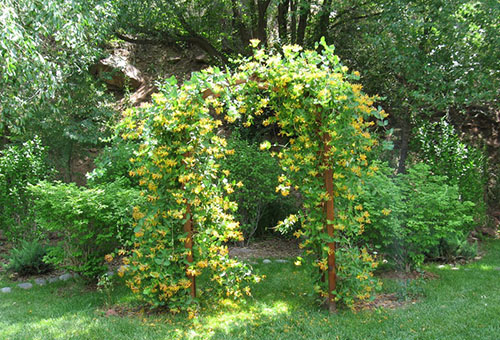
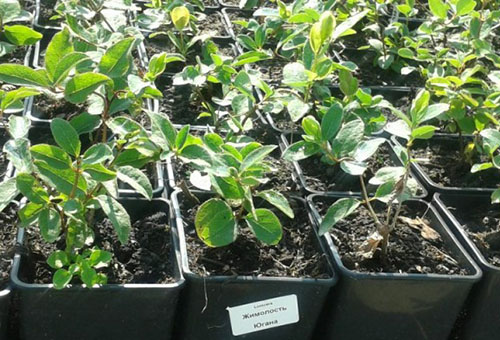
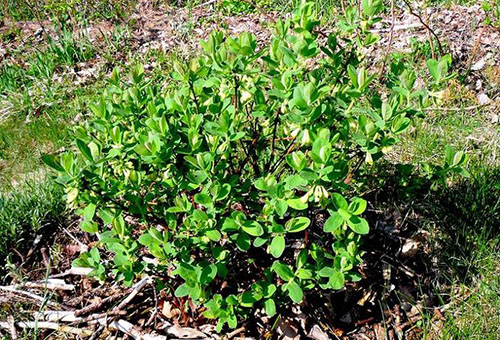
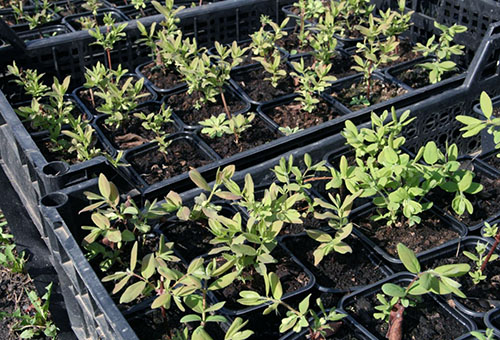
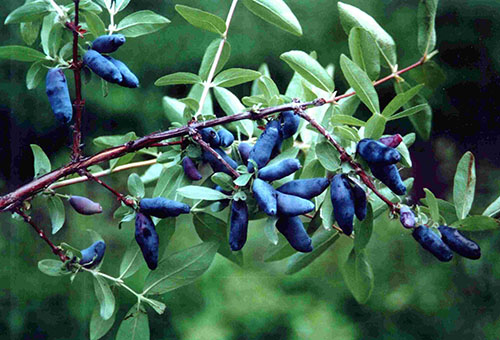
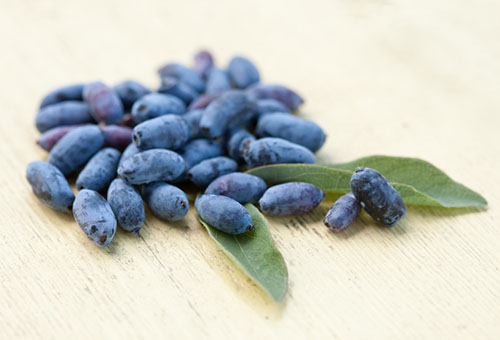
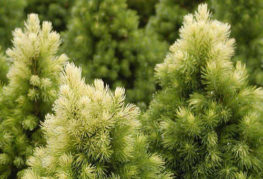
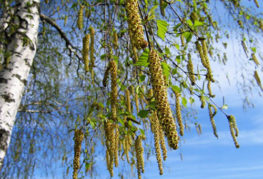
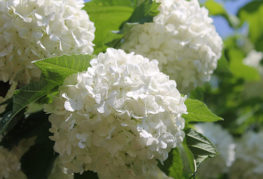
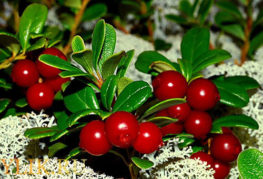
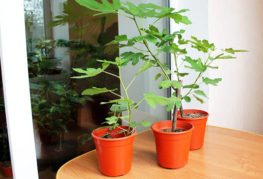
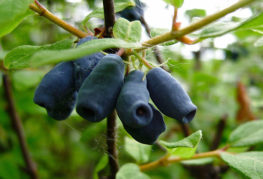
and will be published shortly.